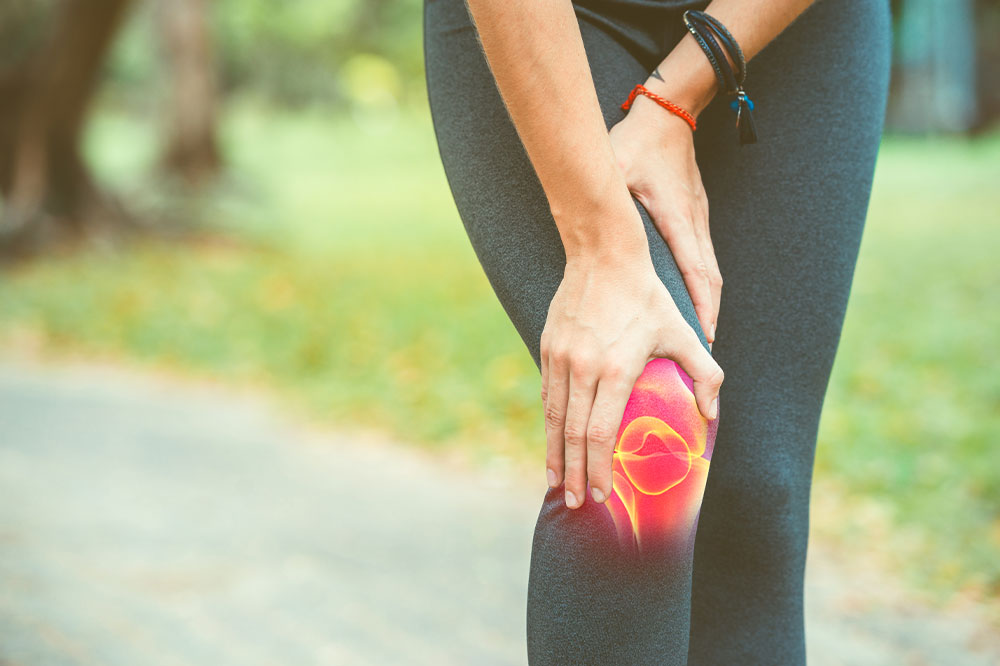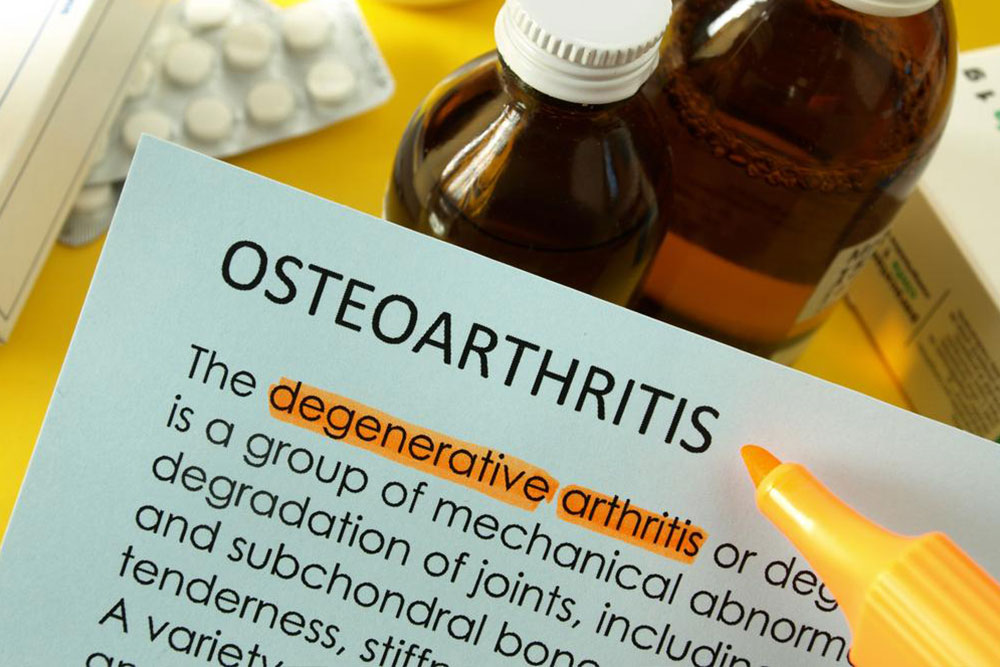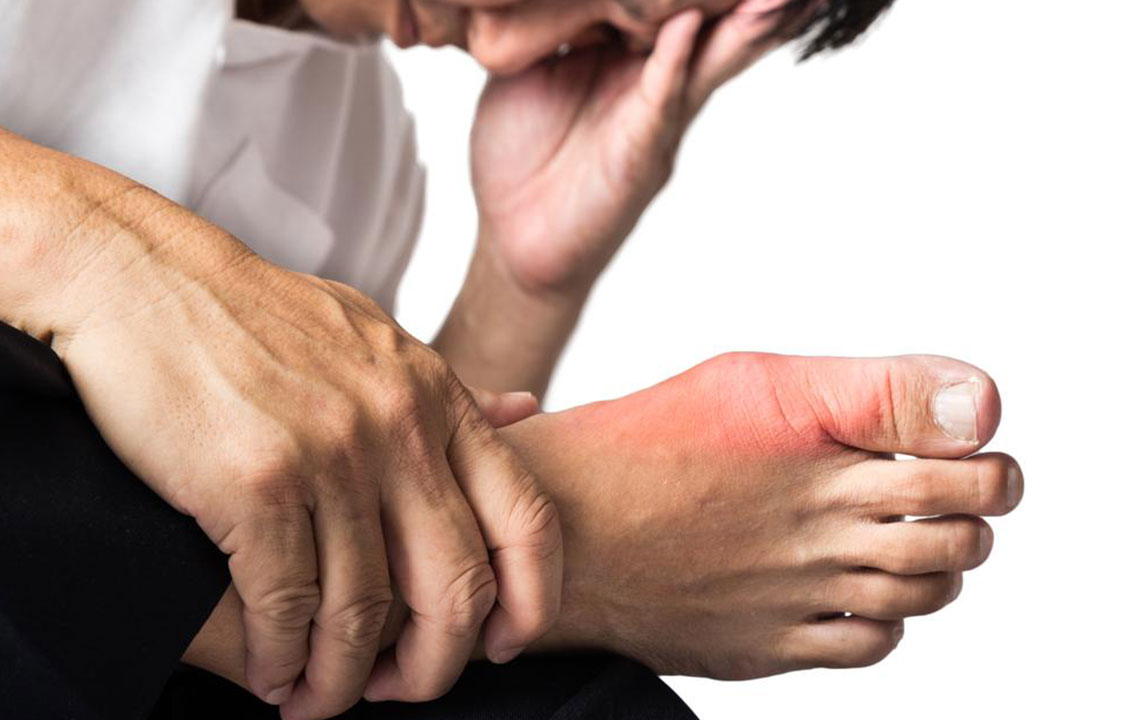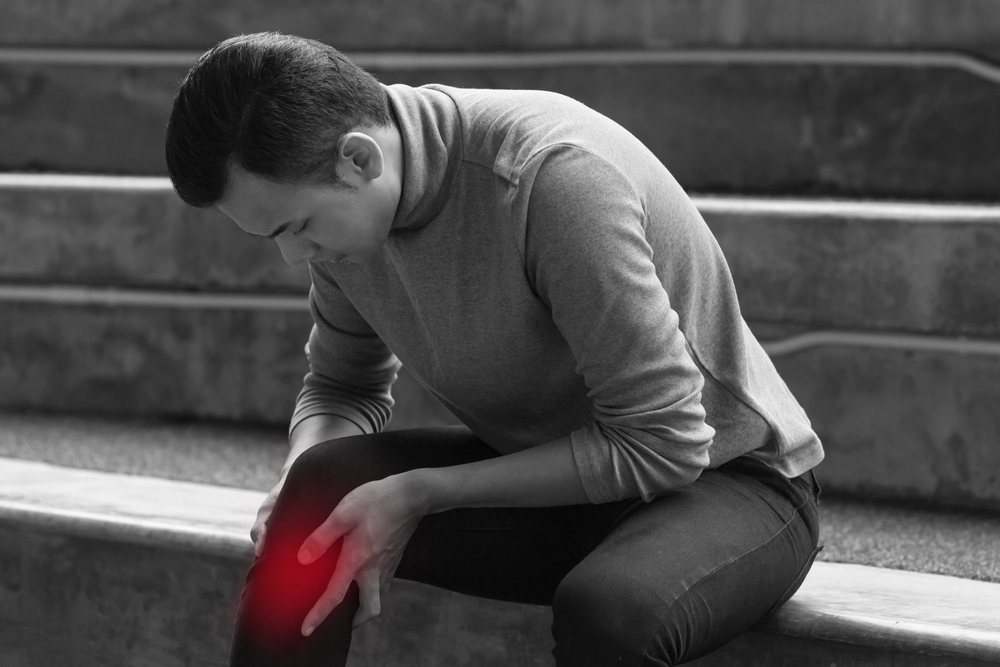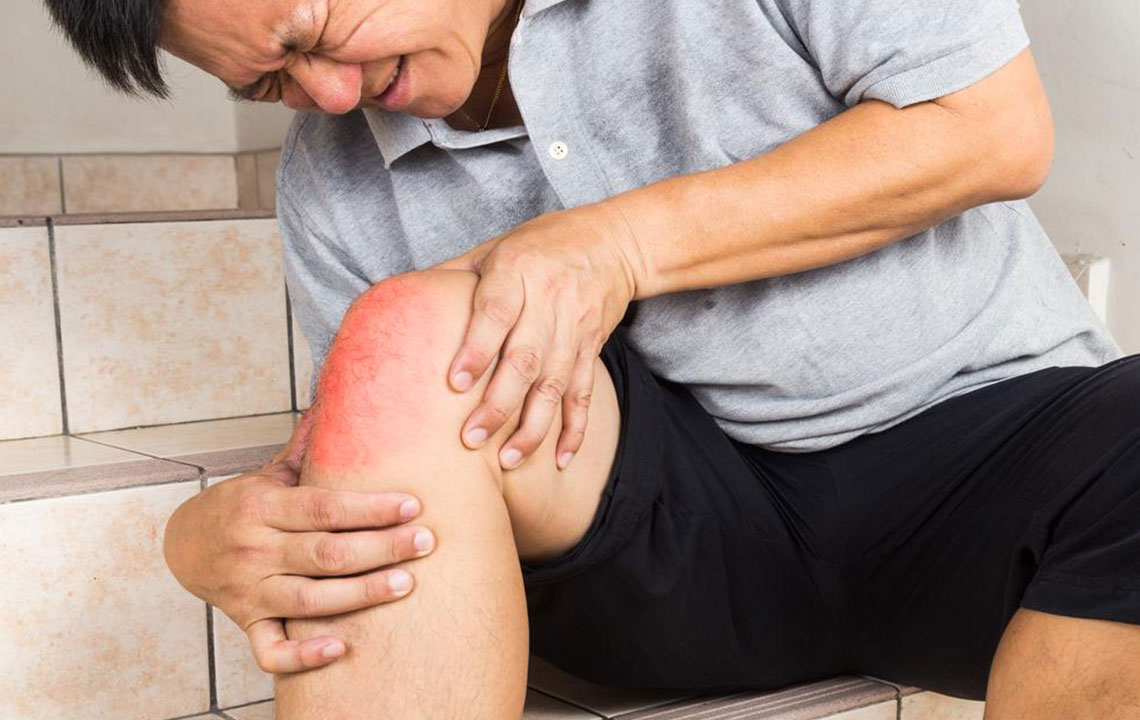Comprehensive Guide to Knee Osteoarthritis: Causes, Symptoms, and Effective Management Strategies
Knee osteoarthritis affects millions, caused by cartilage deterioration, aging, and lifestyle factors. Recognizing symptoms early and adopting comprehensive management strategies—including weight control, exercise, medications, and surgery—can significantly improve quality of life. This detailed guide explores causes, symptoms, diagnosis, and treatment options to help individuals better understand and address this common joint disorder effectively.
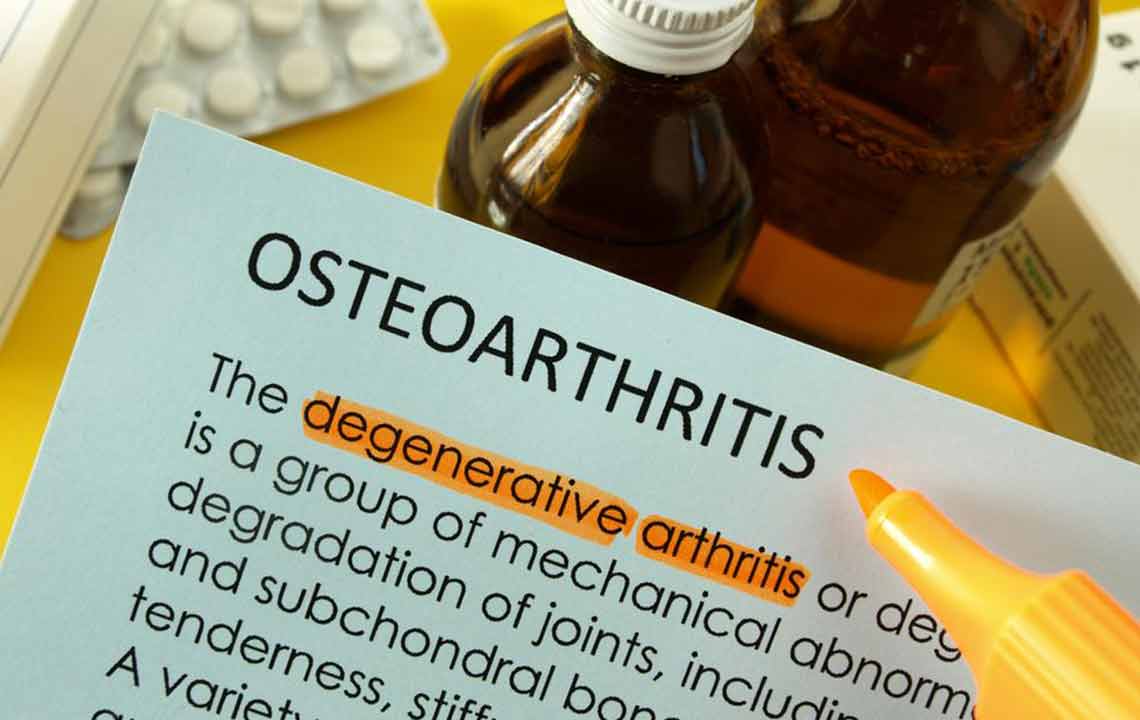
Knee Osteoarthritis: An In-Depth Exploration of Causes, Symptoms, and Treatment Options
Understanding Knee Osteoarthritis
Knee osteoarthritis, also known as degenerative joint disease, is a common condition that affects millions worldwide. It is characterized by the gradual breakdown of cartilage—the smooth, cushioning tissue that lines the ends of bones in a joint. As the cartilage wears down, bones start rubbing against each other, leading to pain, inflammation, stiffness, and swelling in the knee joint. Although it can affect individuals of various ages, it predominantly impacts older adults, particularly those over the age of 55. Additionally, certain genetic and lifestyle factors can increase susceptibility. Recognizing the early signs and understanding the causes can help in managing symptoms effectively and preventing further deterioration. Management approaches encompass lifestyle changes, medical treatments, and, in advanced cases, surgical interventions.
Primary Causes of Knee Osteoarthritis
Aging: As the body ages, the cartilage responsible for cushioning the knee joint naturally weakens and deteriorates. After around age 55, the incidence increases significantly, owing to the wear and tear of daily activity and the natural aging process.
Gender Factors: Women are statistically more prone to develop knee osteoarthritis than men, possibly due to hormonal influences and differences in joint biomechanics.
Genetic Predisposition: A family history of osteoarthritis or inherited bone and cartilage abnormalities can predispose individuals to earlier and more severe symptoms.
Excess Body Weight: Obesity and overweight conditions exert additional stress on the knee joints, accelerating cartilage breakdown. Studies show that approximately two-thirds of obese individuals are at heightened risk for developing osteoarthritis due to the increased load on their knees.
Recognizing Common Signs and Symptoms
Knee Pain: The hallmark symptom is pain during movement, such as walking, climbing stairs, or kneeling, which tends to improve with rest.
Stiffness: Post-inactivity or after waking up, the knee often feels stiff, limiting mobility and flexibility.
Swelling and Inflammation: The joint may appear swollen, warm, and sometimes red due to inflammation caused by cartilage degradation and bone rubbing.
Crepitus: Grinding or crackling sounds during knee movement are common due to rough cartilage surfaces and subchondral bone contact.
Clinical Examination and Medical History: Healthcare professionals assess the patient's pain levels, joint mobility, stability, and inflammation during physical exams. Family history and previous injuries are also evaluated.
Imaging Diagnostics: X-rays are the primary imaging modality to reveal joint space narrowing, bone spurs, and other structural changes. MRI scans can provide detailed imagery of soft tissues, cartilage, and subchondral bone when necessary.
Effective Treatment and Management Strategies
Home-Based Care and Lifestyle Modifications
Weight Management: Maintaining a healthy weight reduces stress on the knees, slowing disease progression and alleviating pain.
Regular Exercise: Engaging in low-impact activities like swimming, cycling, or walking can strengthen the muscles around the knee, improve joint flexibility, and reduce stiffness.
Thermal Therapy: Applying heat or cold packs can temporarily reduce pain and swelling. Heat relaxes muscles, while cold decreases inflammation.
Medical Interventions
Medications: Over-the-counter options such as acetaminophen or NSAIDs like ibuprofen help control pain and inflammation. Prescription medications might be recommended for severe symptoms.
Injections: Corticosteroid injections provide relief by reducing inflammation, while hyaluronic acid injections can lubricate the joint, improving mobility.
Support Devices: Knee braces, orthotic inserts, or walking aids can enhance stability, distribute weight evenly, and decrease joint stress during daily activities.
Surgical Procedures for Advanced Cases
Arthroscopy: A minimally invasive surgery involving small incisions to remove loose cartilage fragments, smooth damaged surfaces, and remove inflamed tissue.
Partial or Total Knee Replacement: In cases of severe cartilage loss, the damaged joint surfaces are replaced with artificial implants constructed from metal, plastic, or ceramic materials.
Osteotomy: Corrective bone cutting procedures realign the knee joint, redistributing weight and easing pain in specific areas.
Before opting for any treatment, consulting a healthcare professional is essential. An accurate diagnosis and personalized treatment plan ensure the best outcomes and help maintain quality of life.
